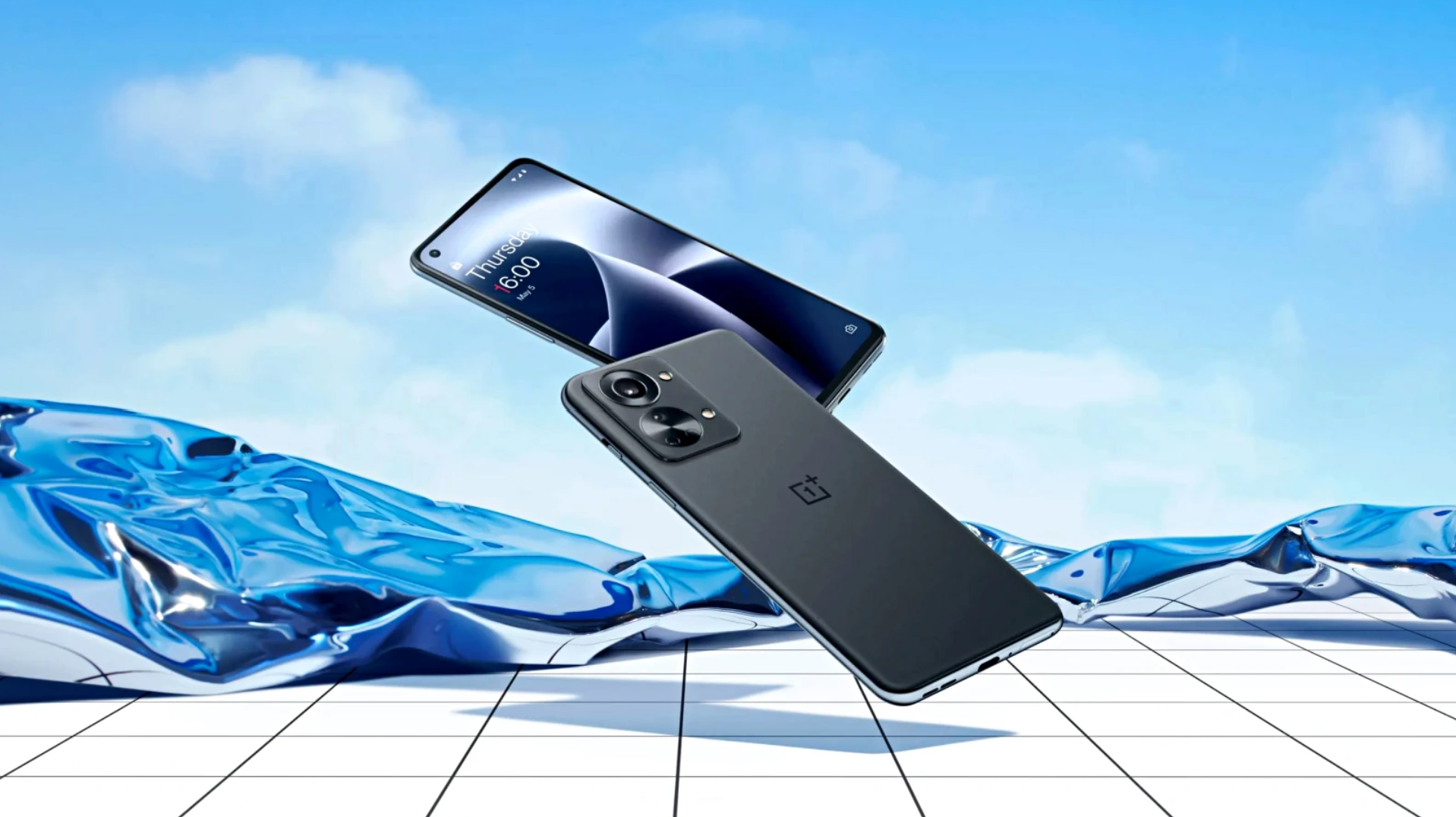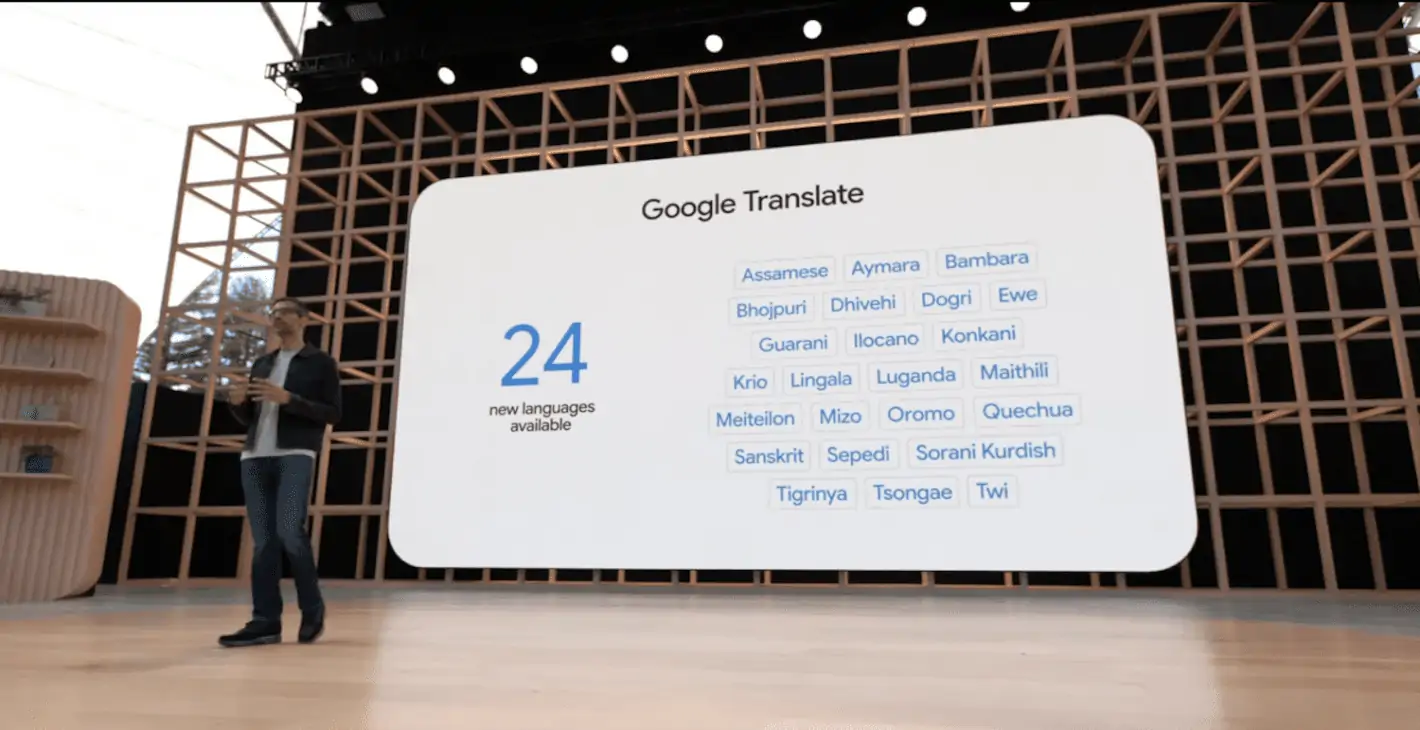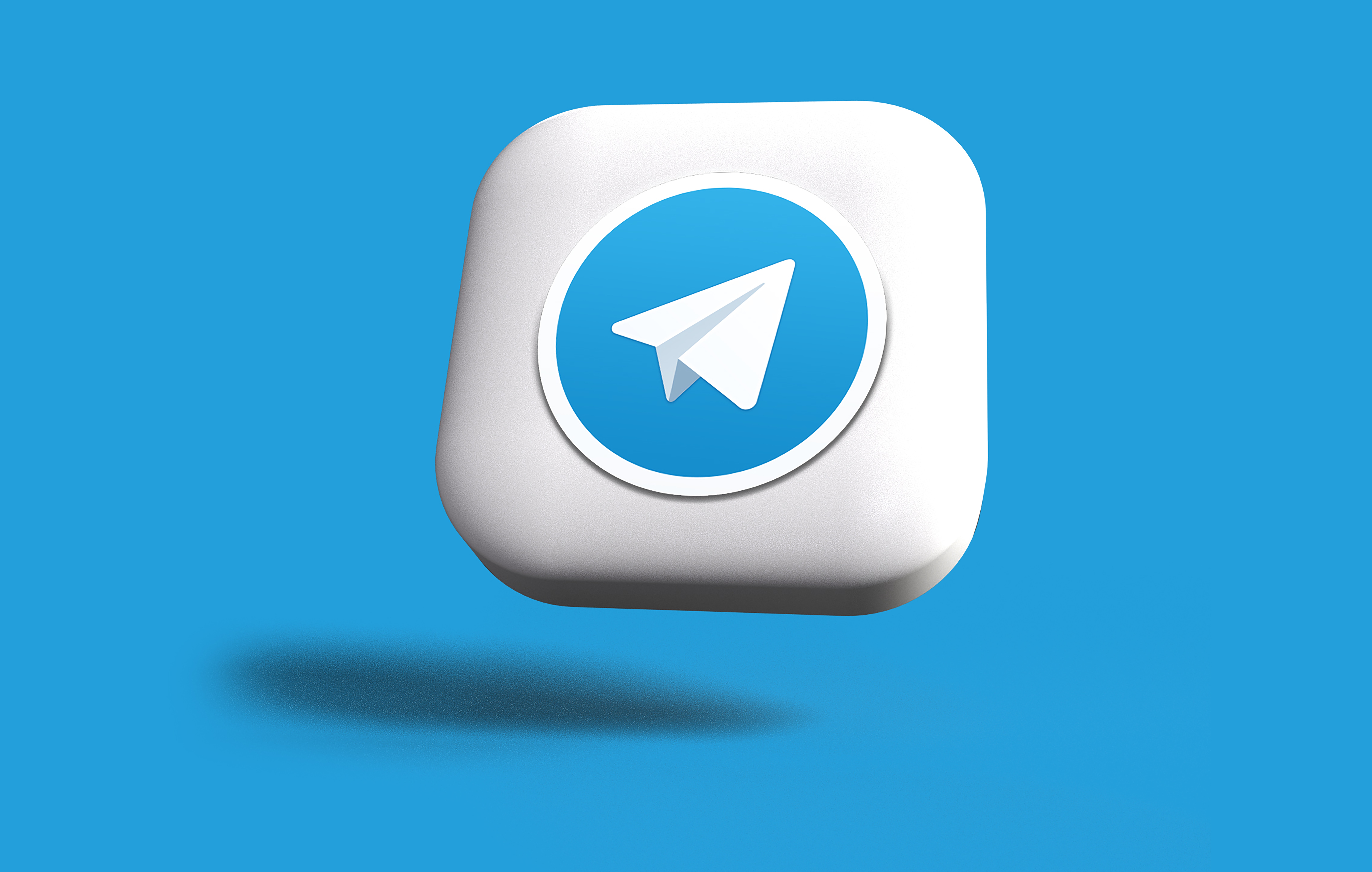fe is about to get a lot more complicated for Android developers. The ay Store is coming to Chromebooks, opening up its apps to a more traditional form factor millions of devices.
Developers will need to rethink how people use their apps now that they’ll be available on more traditional laptops instead of just smartphones tablets. The capability will first come to the experimental Chrome Dev Channel, with full inclusion on select Chromebooks this fall.
I chatted with a few developers to get their thoughts on what this would mean for their work. Their outlook is generally positive, recognizing that the ay Store on Chromebooks opens up Android apps to an entirely new platform. There’s particular interest in the education space, as Chromebooks continue to make substantial inroads in schools.
Yet there’s definitely some work to be done, especially for those who up to this point had only considered how their app would look on a smartphone screen.
am Spradlin
am Spradlin, the lead designer at New York-based Android development studio Touchb, is very hopeful about more exposure for Android apps.
“Obviously from a high level, being able to bring native apps to even more devices is a positive thing for developers,” he said. “And since Chromebooks have seen success in education, there might be an even more exciting opportunity for developers making education apps that could be used on Chromebooks in the classroom on whatever Android devices the student has.”

am Spradlin is an influential voice in the world of Android design.
It’s also critical that those involved with app design take into consideration the fact that the input method screen sizes will be more diverse. It’s great for getting your app on more devices, but it has to be done the right way to be successful.
“From a design perspective, there’s a new interesting challenge, so I consider that an opportunity as well. Some Chromebooks have touch screens, but still the primary input methods for laptops desktops are different from tablets phones. So we need to plan not only for responsive designs that scale through a continuum of displays including laptop desktop displays, but also for input with trackpads keyboards.”
Karissa ddie
That sentiment was echoed by Karissa ddie, the head of growth at photo-editing app larr.
ddie, who also runs a startup growth consultancy, said Android apps on Chromebooks point to a further ambiguity between traditional computing the mobile world.
 nkedIn
nkedInKarissa ddie is head of growth for photo editing app larr.
“The rise in Chromebooks is astounding, if not wholly unexpected. In 2012, 1 percent of educational devices were Chromebooks. This year, they are over 50 percent. This fact, coupled with Android apps’ move to Chrome OS, means there’s a new generation of people who are growing up with an increasingly blurred sense of what is ‘desktop’ vs. ‘mobile’ computing,” she said. “Obviously, this will extend to their app usage as well (think increased expectations for versatility, a more seamless transition between devices in workflow), that will open up a whole new playing field for traditionally mobile app developers.”
Another challenge, especially for smaller teams, is where to focus their efforts. larr, for example, makes a solid Chrome web app that lets you edit photos on a Chromebook. But soon you’ll be able to pick the company’s Android app for the same purpose. ich one do you go with?
According to ddie, this requires making good interface choices looking at monetization opportunities, since the Chrome b Store just hasn’t taken off as a way for developers to make money.
“You have Android apps that have been optimized for a small screen size touch. Developers will have to be careful to balance the needs of mouse touch-based optimization (also taking into account the new generation of hybrid touchscreen Chromebooks), reconfigure their UI, to avoid drowning in the new increased screen space. though there are challenges, I also see greater incentive for development in the new opportunities for monetization provided by the merger. Right now, the concept of ‘paid app’ doesn’t really exist within the ecosystem of the Chrome b Store. That is part of the reason that store has been so neglected. However, bringing the model of paid apps free apps with in-app purchases will reward developers for their time development costs, should bring with it a new wave of development.”
Yasmine Evjen
Many developers love to hear about getting their apps out to a wider audience, especially Yasmine Evjen, a UX designer with Software Ops. She’s excited about the education opportunity.
“Right now a lot of the education apps are mostly on id, when I’ve talked to people I’ve said ‘why did you guys use iOS vs an Android tablet or a Chromebook?’ One of the things I keep hearing is there aren’t enough apps, all the apps are on the id. lowing Android apps to run on Chrome OS is going to open a bigger market for education.”

Yasmine Evjen
Evjen also sees a parallel to work in web design, which for years has shifted towards responsive design. This concept is that sites should work across all screen sizes, from large desktop to smartphones.
She particularly cited Material Design as a tool that can serve as a guide when deciding how Android apps will scale from smartphones to Chromebook screens.
“I don’t think we’ve even grasped what the benefits of Material Design are yet as a visual language. isn’t just thinking about mobile, it’s how things will display on different devices; the car, your television screen, throughout many different scenarios. It’s one area where Android has a leg up on iOS because as Android developers we’ve already had to deal with these multiple screen sizes.”
Virginia ltrack
Virginia ltrack is generally focused on the world of Android ar, though she has worked on more traditional apps as well. She’s interested in what ’s decision could mean for watch faces other interactive elements, such as transporting them to Chrome OS as some type of live widget.
 Merhaba Glass
Merhaba Glass Virginia ltrack is an epic Android ar watch face designer.
“For Android ar specifically, I have had to think design in terms of limited real estate making things glanceable, but on a Chromebook, there will be so much more room to work with! However, has been great in terms of providing examples best practices, so I’m sure there will be valuable resources for designers developers to reference! I look forward to getting more information about how to integrate this.”
Ana Redmond
Ana Redmond is the type of developer that Android needs more of. She’s laser focused on education apps, building Kindergarten Math for Schools as part of her small company, Infinit. She wanted to focus on Android apps for schools, but found it difficult to partner with educational institutions given the high installation rate of ids.
 nkedIn
nkedInAna Redmond develops education apps for her Seattle-based company.
Though there were plenty of Chromebooks, with the trend only on the rise. Building an Android app suddenly makes a lot more sense, as long as ’s pledges that it will “just work” come through.
“It means a lot of things to think about, like how to make elements big enough so even on a small device you can drag them with either one’s finger or the proper size to use with a mouse trackpad on a Chromebook. Most of the Chromebooks we’ve worked with don’t have a touch screen, but many schools are buying the newer devices are buying ones with touch screens,” she said.
Any developers who want to try out Android apps on Chrome will be able to use the Asus Chromebook Flip, the newest Chromebook xel, Acer Chromebook R11 starting in ne.
It’s going to be a transformative time for Android developers, who have a vast opportunity a lot of work ahead of them.



















